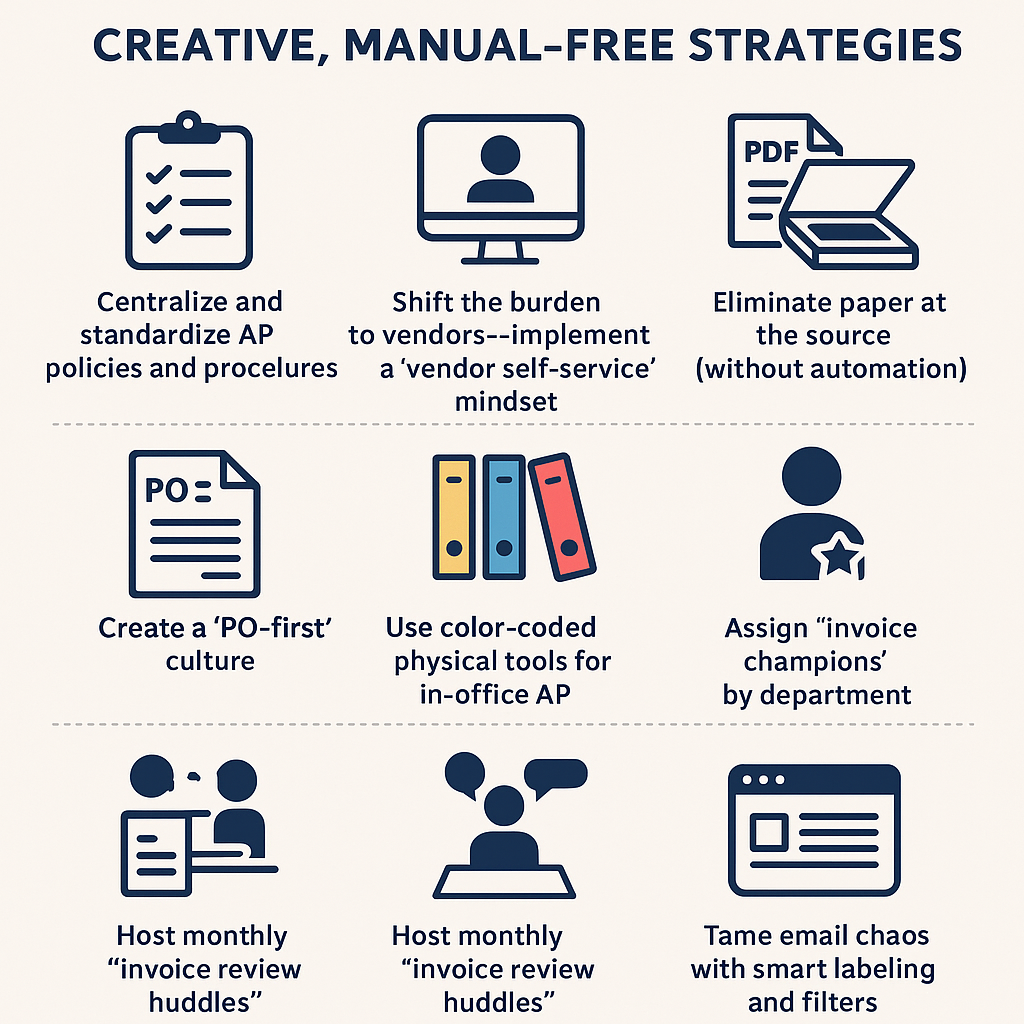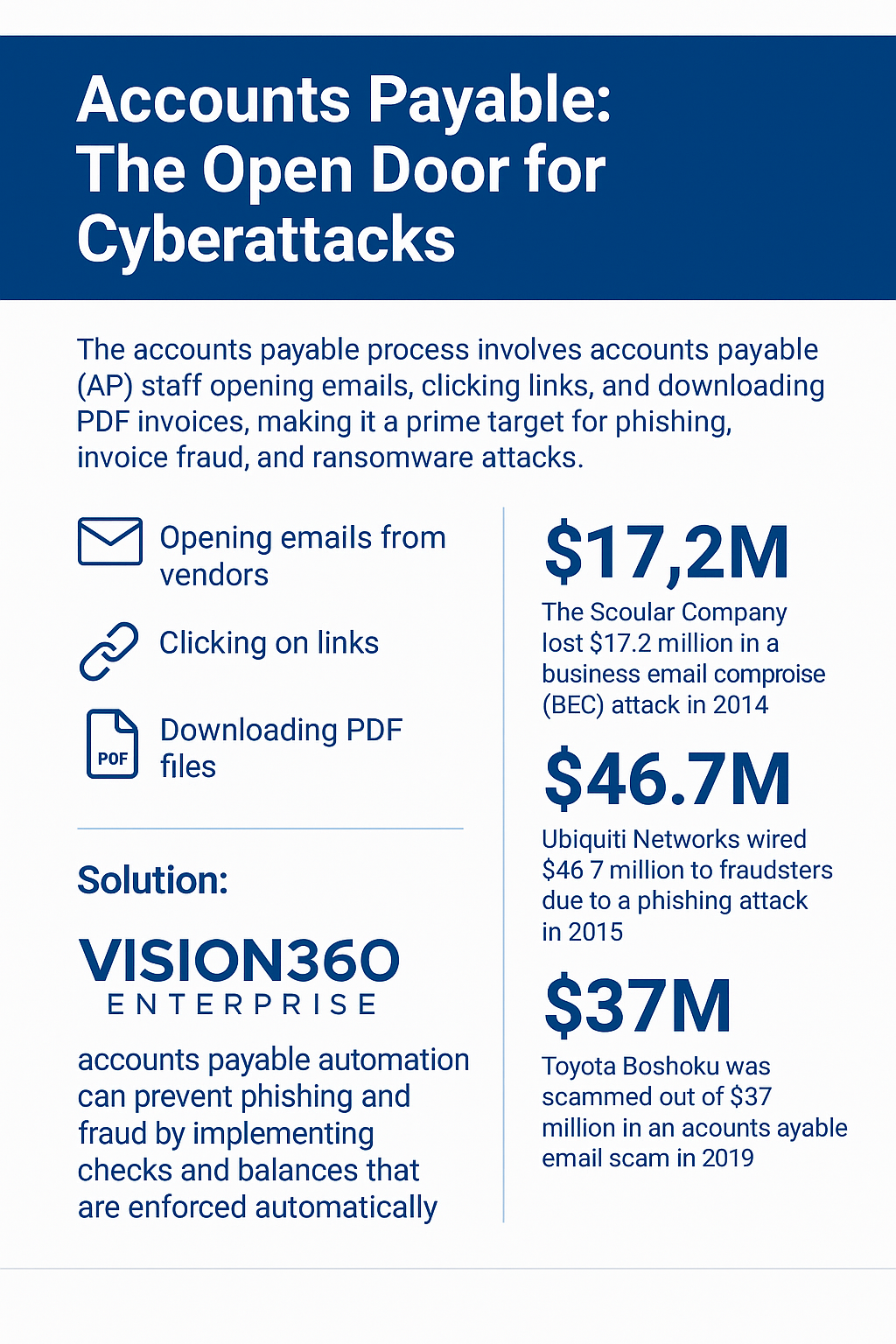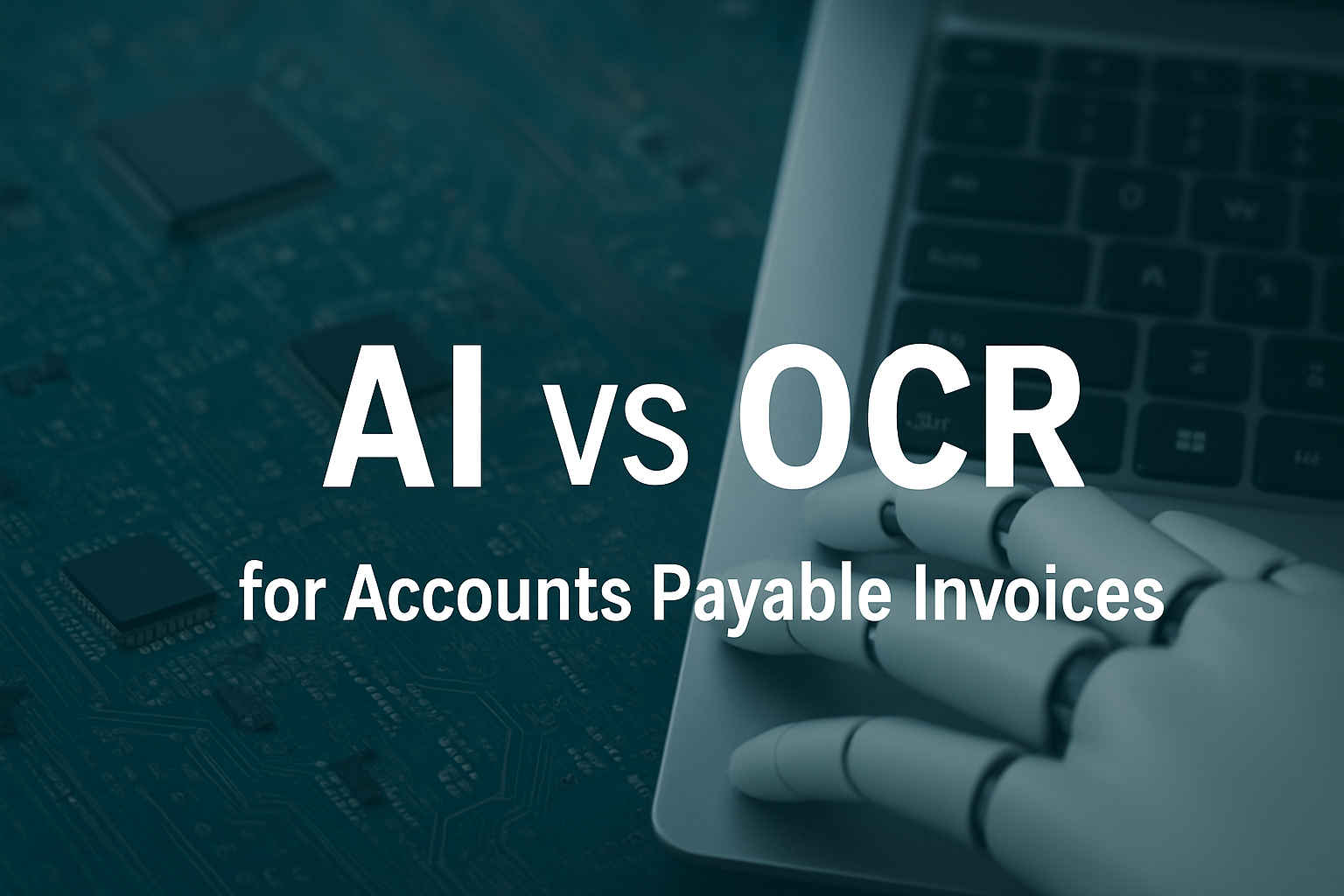Hire an AP Specialist or Implement AP Automation ?
When it comes to managing accounts payable (AP) processes, businesses face a pivotal decision: should they hire an Accounts Payable (AP) specialist to handle manual processes, or should they
invest in an Accounts Payable Automation system to streamline operations? Both options offer benefits and have distinct considerations. To make an informed decision, it’s essential to evaluate factors like company size, budget, scalability, efficiency needs, and the level of manual work currently involved in the AP process.
Let’s explore both choices in-depth to help you determine which is right for your business.
The Case for Hiring an AP Specialist
An AP specialist is an experienced professional whose core responsibility is to ensure that a company’s financial obligations to suppliers and creditors are paid accurately and on time. Here are the key advantages of hiring an AP specialist:
1. Human Expertise and Decision-Making
An AP specialist brings in-depth knowledge of the accounts payable process, including understanding complex invoices, managing vendor relationships, and troubleshooting discrepancies. While automation is powerful, certain situations—like ambiguous invoices, unique payment terms, or special vendor agreements—might require a human touch. Having an expert on hand ensures those exceptions are handled smoothly.
2. Personalized Vendor Relationship Management
Having a dedicated AP professional allows for more personalized management of vendor relationships. They can negotiate payment terms, resolve disputes, and ensure that suppliers feel valued, which can often lead to better terms and stronger partnerships over time.
3. Flexibility for Small Businesses or Short-Term Needs
For small businesses with relatively low transaction volumes or organizations that need short-term support, hiring an AP specialist might be more cost-effective. The need for automation might not be urgent, and having someone dedicated to processing payments, even manually, could suffice until the company grows.
4. Immediate Availability for Complex Situations
While automation systems can handle repetitive tasks, they might struggle with edge cases, such as exceptions or compliance issues. A dedicated AP specialist can quickly respond to unusual situations and ensure that your accounts remain accurate without delays.
The Case for Implementing an Accounts Payable Automation System
On the other hand,
implementing an accounts payable automation system can significantly enhance operational efficiency, reduce errors, and scale your AP processes. Here are the benefits of investing in AP automation:
1. Increased Efficiency and Time Savings
AP automation systems handle repetitive tasks such as
invoice matching, approval routing, payment processing, and even reconciliation. This drastically reduces the time spent on manual tasks, freeing up employees to focus on higher-value activities. Automation speeds up invoice processing, which is particularly valuable in large organizations with a high volume of transactions.
2. Cost Savings in the Long Run
Although the initial investment in an AP automation system may be higher than hiring an AP specialist, automation can lead to significant long-term cost savings. Fewer human errors, quicker processing, and reduced labor costs (by minimizing manual interventions) can result in better overall efficiency. Additionally, you may be able to reduce the need for additional hires as your business scales.
3. Improved Accuracy and Reduced Errors
Manual data entry in accounts payable is prone to human error, whether it's mis-keying invoice amounts, failing to apply early payment discounts, or overlooking payment deadlines.
AP automation systems use optical character recognition (OCR) and artificial intelligence (AI) to extract and validate data from invoices, minimizing the risk of errors and ensuring greater accuracy. The system also automatically ensures that all invoices match purchase orders and contracts, further reducing mistakes.
4. Better Compliance and Audit Trails
Automation solutions often come with built-in compliance features, such as ensuring adherence to internal controls, policies, and regulatory requirements. Furthermore, every action taken within an AP automation system is logged with an audit trail, making it easier to trace and verify transactions in the event of an audit. This reduces the risk of fraud and provides transparency into the entire AP process.
5. Scalability
As your business grows, the volume of invoices, payments, and vendors typically increases.
An AP automation system scales easily to handle increased workloads without the need to hire additional staff. It can manage high volumes of transactions with the same level of efficiency, which is crucial for companies planning to expand.
6. Cash Flow Optimization
Many AP automation systems come with tools to optimize cash flow by helping you manage payment schedules, avoid late fees, and take advantage of early payment discounts. Automation can improve financial forecasting by giving you real-time visibility into outstanding payments and cash obligations.
Factors to Consider When Choosing Between an AP Specialist and AP Automation
When deciding whether to hire an AP specialist or invest in an AP automation system, there are several factors to consider:
1. Volume of Transactions
If your company processes a high volume of invoices, payments, and vendor communications, automation is likely the more effective option. The more transactions you process, the more time-saving and accuracy-enhancing benefits an AP automation system can provide.
2. Budget and ROI
Hiring an AP specialist may seem like a lower initial cost, but consider the long-term financial impact. While
AP automation systems may have higher upfront costs, they can deliver a higher return on investment (ROI) through efficiency gains, reduced errors, and improved cash management. For small businesses with fewer transactions, hiring an AP specialist may be the more viable choice, at least initially.
3. Business Growth and Scalability
If your business is in a growth phase or plans to scale, an AP automation system will likely provide the scalability needed to support future expansion. On the other hand, hiring a single AP specialist may limit your ability to scale quickly and may require adding more staff as the business grows.
4. Complexity of Your AP Process
If your AP process involves complex workflows, special payment arrangements, or requires significant vendor management, an AP specialist could add value by applying their expertise. However, if your process is relatively straightforward and high-volume, automation could be a more efficient choice.
5. Technological Readiness
Evaluate your company’s readiness to adopt new technology.
Implementing an AP automation system requires IT infrastructure, staff training, and system integration. If your company isn’t yet digitally ready or lacks the resources to manage an automation system, it may be best to start with hiring an AP specialist.
Conclusion: Balancing Automation and Expertise
Ultimately, the decision to hire an AP specialist or
implement an accounts payable automation system depends on your company’s unique needs. Many businesses find that a hybrid approach works best—starting with automation to handle routine tasks and hiring an AP specialist for more complex, strategic areas of AP management.
For companies with a high volume of transactions, rapid growth, or a need for increased efficiency and accuracy, investing in an automation system is likely the best option. For smaller businesses or those that require a more personalized approach to vendor management, hiring an AP specialist might be the more cost-effective and practical choice.
In the end, the right solution is one that aligns with your business’s size, complexity, and long-term goals. The key is to strike a balance between technological innovation and human expertise to streamline your accounts payable processes effectively.










